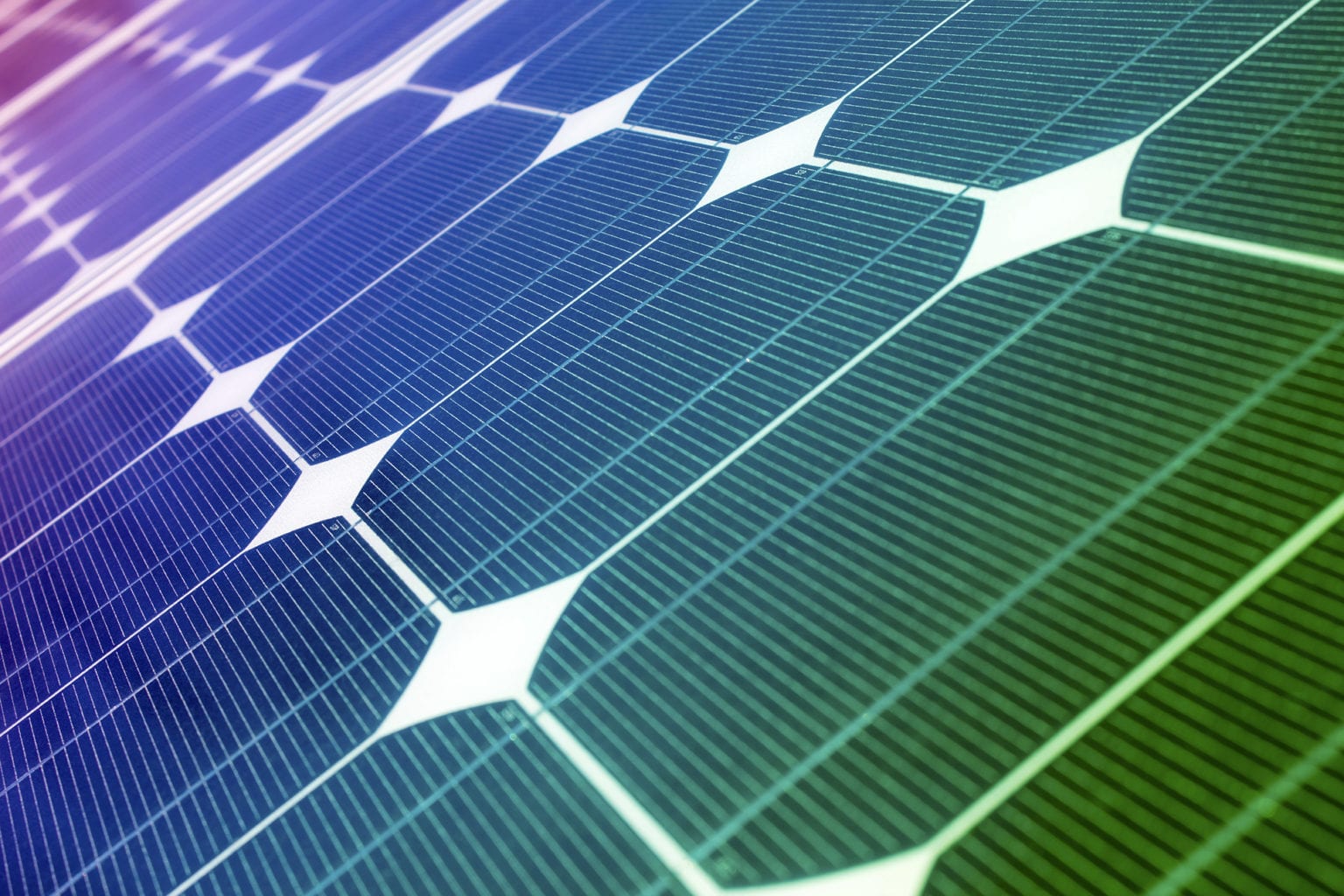
FIRA has a unique potential for the industry because it can be adapted to continuous processing, is antisolvent-free, and does not require lengthy, hour-long annealing steps. The FIRA method allows the synthesis of perovskite films in less than 2 s, achieving efficiencies >20%. A hollow aluminum body enables an effective water-cooling system. while also maintaining a suitable low reflectance in the IR portion of. Right click on temperature monitor object and select 'visualize > temperature'. The coatings transmittances were equal 100 that are ideal for solar cell films. Import the heat generation data returned from optical simulation in 'Qplanar.mat' using the 'heat' heat import source object. n>pp> silicon solar cell structure with antireflection coating. Open the solar cell simulation file in HEAT.

The FIRA oven is composed of an array of near-infrared halogen lamps with an illumination power of 3,000 kW/m 2. Many different types of optoelectronic devices such as LASER and IR photo-diodes. To solve this problem, an antisolvent-free and rapid thermal annealing process called flash infrared annealing (FIRA) can be used to produce highly crystalline perovskite films. Indeed, one of the conventional and most effective lab-scale methods to induce perovskite crystallization, the antisolvent method, requires an amount of toxic solvent that is difficult to apply on larger surfaces. Applied as a thin film over the top of a regular solar cell, this has the effect of spatially modulating the infrared light, concentrating it in just the right way to greatly improve the. Currently, perovskite solar cells rely on spin-coating which is neither practical for large areas nor environmentally friendly. Read more here.Organic-inorganic perovskites have an impressive potential for the design of next generation solar cells and are currently considered for upscaling and commercialization. In addition, there is the possibility to make pilot trials in one of the pilot coaters equipped with our dryers or by using our trials hoods. When designing the optimal drying solution for your specific case we will study existing references and compare the different options including drying simulations which evaluate the evolution of temperature & dryness of the base paper or board and of the coating along the drying arch. Barriers against water for liquid packaging.Barrier coatings for food grades to prevent migration of inks from recycled fibres.Some examples of specialty for which we have supplied solutions: Cadmium selenide nanocrystals with one kind of organic coating left produced violet light, while cadmium selenide nanocrystals with another type of organic coating right produced green.

Gentle drying without reaching too high temperatures on the coat surface by a smart and adaptive power control along the drying arch Nanocrystals and organic materials convert low-energy photons into visible light that a solar cell can capture.Even distribution of drying throughout the coating layer.Quick start of drying immediately after the application of the coating.



 0 kommentar(er)
0 kommentar(er)
